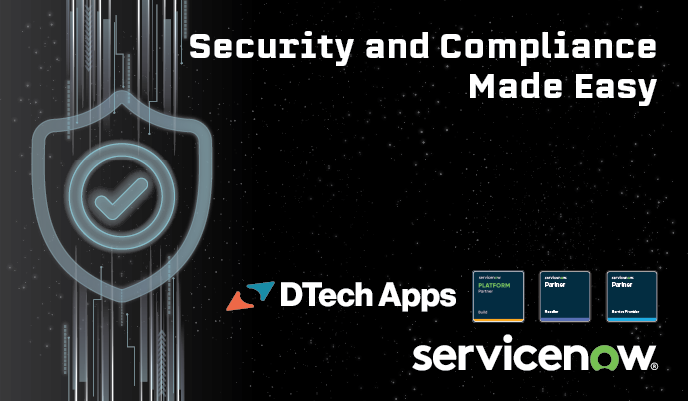As your organization grows, tasks increase both in volume and complexity. With this increasing responsibility comes more staff, greater need for enhanced and efficient communication, and increased dependence on task management software. Team performance suffers when workers are overwhelmed by the number of tasks on their plate, inadequate instructions, and ineffective communications. Workers may even become stagnant simply because they do not know where to start, what is expected of them or when the task is due to be completed.
A contributing factor to performance drain may be disjointed work performance. If your teams are using many different tools to communicate, work, and report, productivity may suffer. Luckily, there are some simple steps that you and your staff can incorporate to streamline performance and get your organization back on track.
Email is a tool that virtually every business depends on. Unlike spreadsheets, there remains a great need for email in most businesses, especially when communicating with clients. However, for internal communication regarding tasking, email isn’t always the best option. It can be a serious time waster, according to a McKinsey Analysis employees spend on average 28% of their day working in email.[1]
When used in the tasking process, email can present several issues because of its unreliability, inability to be tracked accurately and it does nothing to add any accountability. While many workers find it convenient to use their email inbox as a sort of “to do” list, this practice presents the opportunity for lost, ignored, or accidentally deleted tasks. Further, email often is not used in real time and can create a disconnect between channels. To some extent, we all use email when tasking others and when compared to modern task management software it is not very effective. How many times have you unsuccessfully searched your inbox or sent email folder for a task that was either assigned to you or assigned by you only to have to send an email to enquire of the task status?
Instead of getting rid of email altogether, it may be a better strategy to reduce your dependency on email. Task management software often has internal communication and other capabilities such as chat features that allow your team to work with each other in real time, outside of their email inboxes. Not only does this feature keep your staff more accountable and on task, but it also helps free up their email accounts for important client communications.
Share your thoughts, ideas and challenges with task management at your organization and we’ll plan to address in upcoming blog posts by emailing marketing@discovertechnologies.com.
[1] McKinsey & Company: McKinsey Global Institute, Chui, M., Manyika, J., Bughin, J., Dobbs, R., Roxburgh, C., Sarrazin, H., Sands, G., & Westergren, M. (2012, July). The social economy: Unlocking value and productivity through social technologies. McKinsey & Company: McKinsey Global Institute. https://www.mckinsey.com/industries/technology-media-and-telecommunications/our-insights/the-social-economy#
